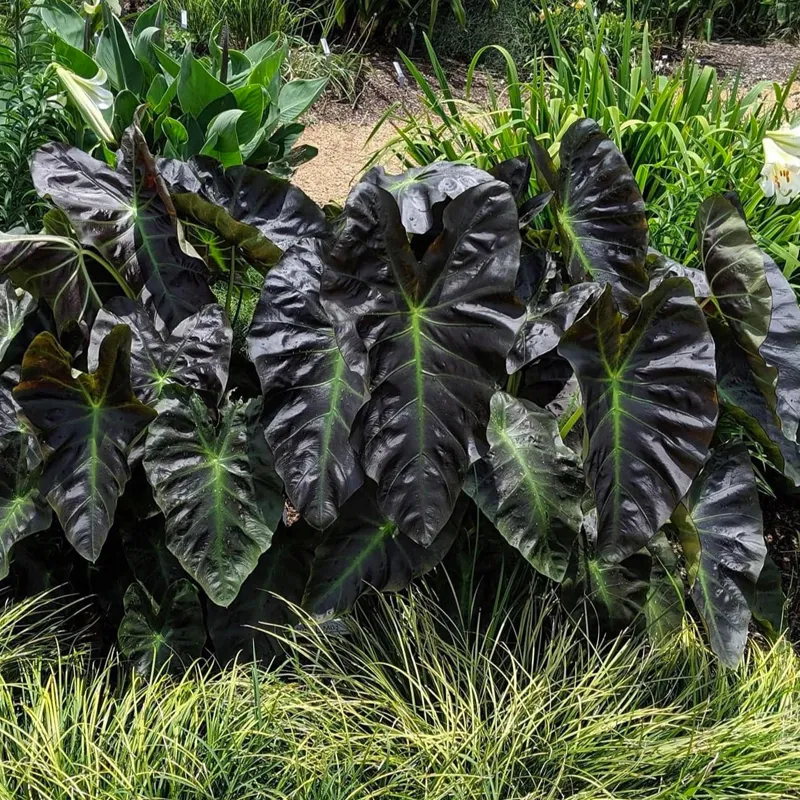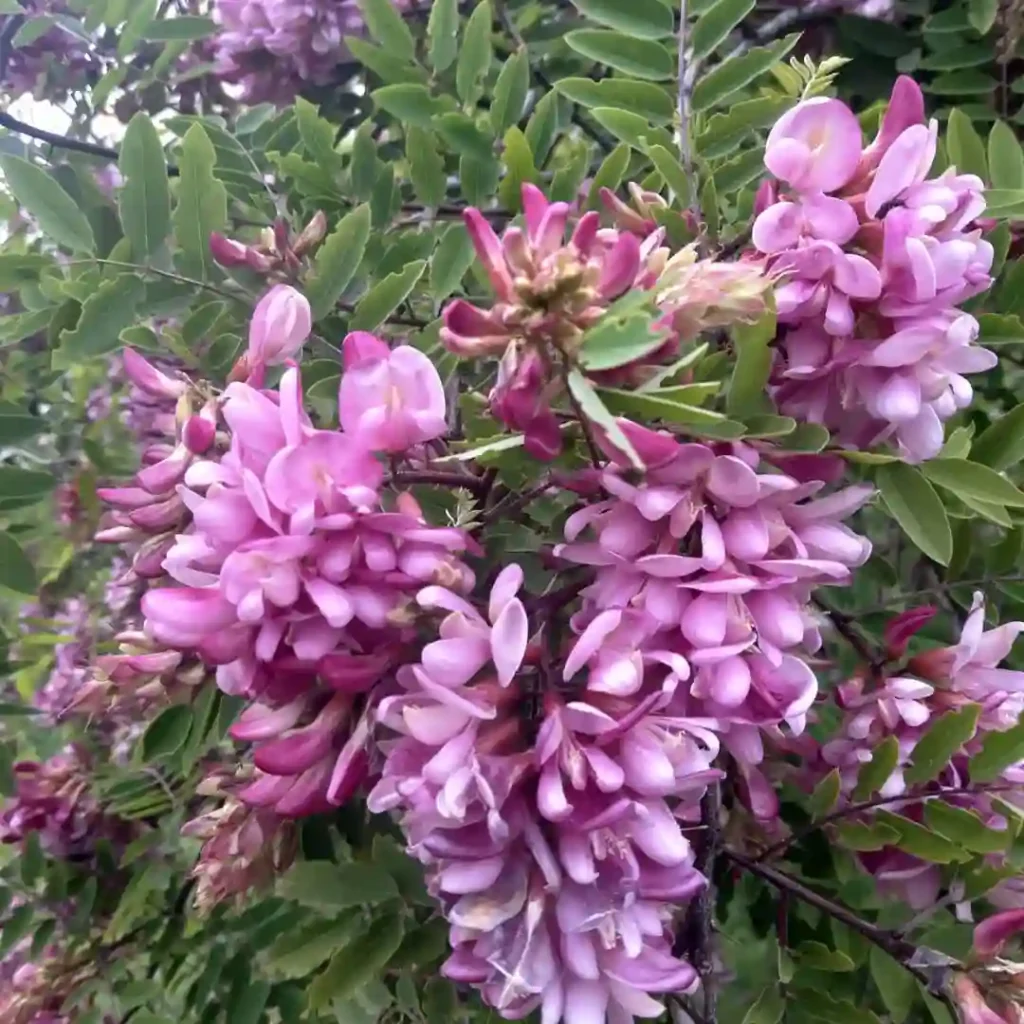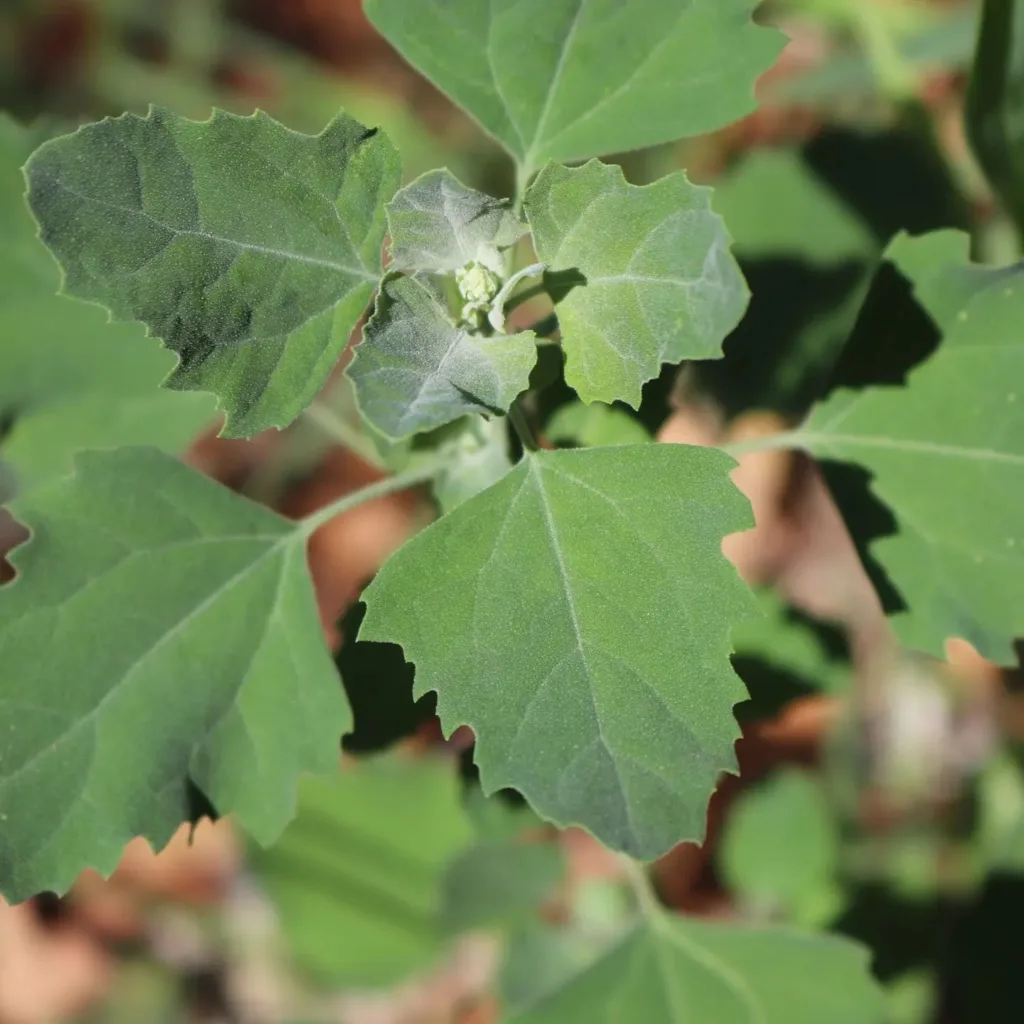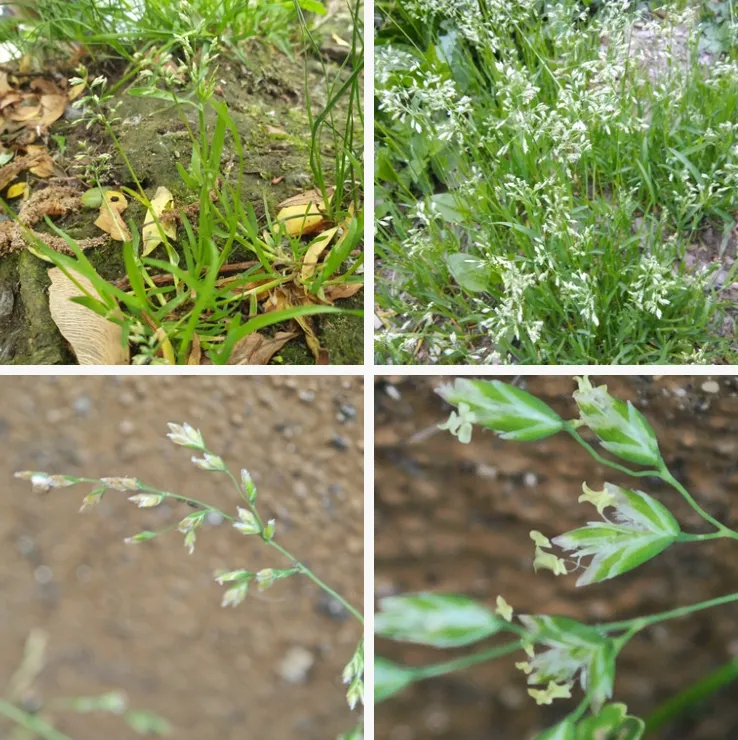What is Teucrium Fruticans Azureum?
Teucrium Fruticans Azureum, commonly known as the Blue Germander, is a stunning evergreen shrub that has captivated me with its vibrant blue flowers and robust nature. This plant is native to the Mediterranean region and is known for its striking, aromatic foliage and long-lasting blooms. The Azureum variety is particularly prized for its rich blue flowers that appear in spring and summer, adding a splash of color to any garden.
341 Species in Genus Teucrium
How to Care for Teucrium Fruticans Azureum?
Caring for Teucrium Fruticans Azureum is relatively straightforward, and it’s one of the reasons why I enjoy having it in my garden. Here’s what you need to know:
- Sunlight: This shrub thrives in full sun. It needs at least six hours of direct sunlight daily to produce its vibrant blooms and maintain its compact, bushy shape.
- Soil: It prefers well-drained soil. While it can tolerate a range of soil types, I’ve found that sandy or loamy soil works best. Ensure the soil is not too heavy or clayey, as this can lead to root rot.
- Watering: Blue Germander is drought-tolerant once established. I water it moderately, allowing the soil to dry out between waterings. Overwatering can lead to problems, so it’s best to err on the side of less water.
- Pruning: Regular pruning helps maintain its shape and encourages new growth. I usually prune it in late winter or early spring before the growing season starts. This keeps the shrub compact and promotes a fuller appearance.
How to Propagate Teucrium Fruticans Azureum?
Propagation of Teucrium Fruticans Azureum can be done through several methods, but I find that taking cuttings is the most reliable:
- Cuttings: In late summer, take semi-hardwood cuttings from healthy, non-flowering stems. Dip the cut end in rooting hormone and plant it in a pot with a well-draining potting mix. Keep the soil moist but not soggy, and place the pot in a warm, bright location. Rooting typically takes a few weeks.
- Seeds: You can also propagate from seeds, though this method is less common in my experience. Sow seeds in a seed tray with a mix of sand and peat. Keep the soil consistently moist and maintain a warm temperature. Germination can take a few weeks to a couple of months.
What to Plant With Teucrium Fruticans Azureum?
Teucrium Fruticans Azureum pairs well with a variety of other plants. Here are a few combinations that I have found particularly appealing:
- Lavender: The silvery foliage of lavender complements the blue flowers of Blue Germander beautifully. Both plants enjoy similar growing conditions, making them a perfect match.
- Rosemary: Another Mediterranean plant, rosemary’s aromatic leaves and blue-purple flowers blend nicely with Teucrium Fruticans Azureum. It also thrives in similar soil and sunlight conditions.
- Sedum: For a contrasting texture, I like to plant sedum with this shrub. Its fleshy leaves and succulent blooms add an interesting dimension to the garden.
Benefits of Teucrium Fruticans Azureum
One of the standout benefits of Teucrium Fruticans Azureum is its low maintenance nature. It’s a hardy shrub that can withstand drought, making it an excellent choice for low-water gardens. Additionally, its evergreen foliage provides year-round interest, and the aromatic leaves can be a pleasant feature in the garden.
Is Teucrium Fruticans Azureum Toxic?
Fortunately, Teucrium Fruticans Azureum is not known to be toxic to pets or humans. This makes it a safe choice for gardens where children and animals play. However, as with any plant, it’s a good idea to monitor for any signs of irritation or unusual reactions.
Common Problems and How to Address Them
While Teucrium Fruticans Azureum is generally trouble-free, there are a few issues that might arise:
- Powdery Mildew: In humid conditions, powdery mildew can develop. I find that improving air circulation around the plant and ensuring it is not overwatered helps prevent this issue.
- Root Rot: Overwatering is the main cause of root rot. To avoid this, make sure the soil drains well and allow it to dry out between waterings.
Comparison with Other Similar Plants
If you’re considering alternatives to Teucrium Fruticans Azureum, here are a few comparisons:
- Teucrium Chamaedrys (Wall Germander): While similar in name, Teucrium Chamaedrys is more compact and has a different flower color, usually in shades of pink or white. It’s also less tolerant of drought compared to Azureum.
- Lavender (Lavandula): Lavender is often compared with Blue Germander due to its similar growing conditions and color palette. However, Lavender typically requires slightly more water and has a more fragrant, but less visually striking, flower.
In summary, Teucrium Fruticans Azureum is a versatile and attractive addition to any garden. Its vibrant blue flowers, ease of care, and compatibility with other plants make it a favorite in my garden. By following these care tips and being mindful of common issues, you can enjoy the beauty of this shrub for many years.
If i die, water my plants!



